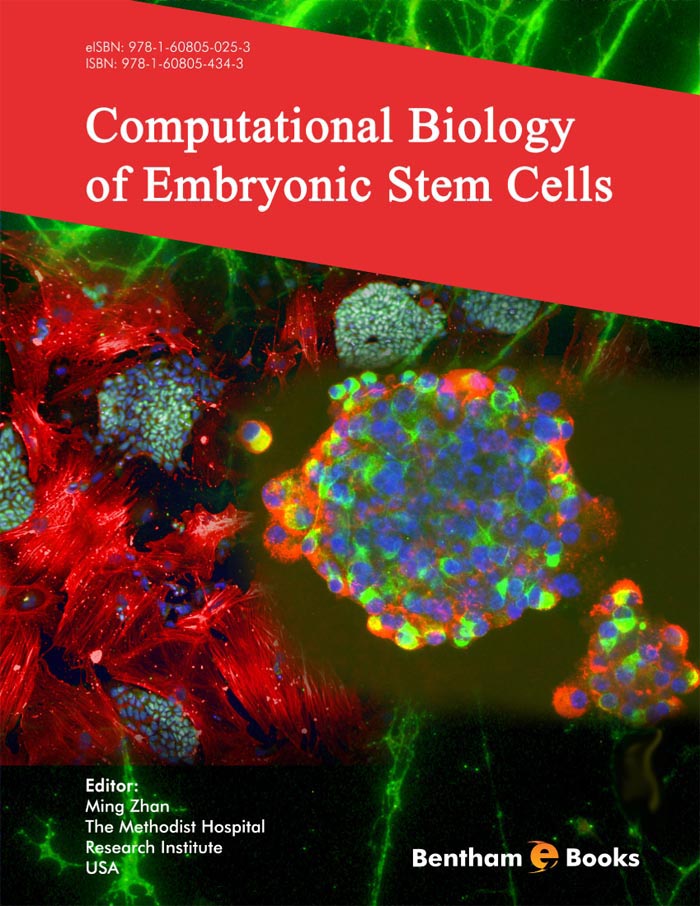Introduction
Computational biology in combination with large-scale biology has played a critical role in exploring the great potentials of embryonic stem cells, resulting in significant discoveries. This e-book brings together reviews and essays from different aspects of the embryonic stem cell research thus providing a comprehensive and updated introduction and reference specifically for computational biology of embryonic stem cells. Selected topics include focused analyses of the genome, transcriptome, epigenome, proteome, and regulatory network of embryonic stem cells, the theories and tools of computational biology used in these studies, and newly available databases and on-line resources for bioinformatics research. Future perspectives of related research activities are also addressed by various authors in this e- book. The book is a valuable reference and handbook for researchers and clinicians conducting stem cell research, as well as students and medical professionals interested in regenerative medicine, developmental biology, bioinformatics and computational biology.

